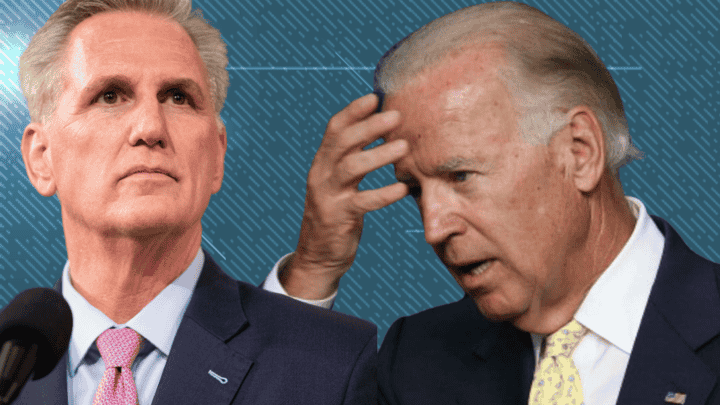The U.S. Supreme Court made history in Roe v. Wade, 410 U.S. 113 (1973), by ruling that a pregnant woman’s right to an abortion is usually protected by the U.S. Constitution.
What was at issue in Roe v. Wade?
The illegal abortion laws in Texas were challenged in 1969 by Norma McCorvey, a 25-year-old single woman, who went by the alias “Jane Roe.” As it was unconstitutional, the state outlawed abortions, with the exception of situations in which the mother’s life was at risk.
Henry Wade, the Dallas County district attorney, argued in favour of the anti-abortion law; this is why Roe v. Wade was filed. In her lawsuit, Ms McCorvey alleged that she had been raped while carrying her third child. She was compelled to give birth after her case was dismissed, nevertheless.
Her case was heard by the US Supreme Court in 1973 along with Georgian Sandra Bensing’s, then 20 years old. Because they violated a woman’s right to privacy, they claimed that the abortion laws in Texas and Georgia were unconstitutional. The court justices decided that governments lack the authority to forbid abortions by a margin of seven to two. In their opinion, the US constitution adequately protects a woman’s right to end her pregnancy.
According to Justin Trudeau, the prime minister of Canada
He sympathised with the women who were “set to lose their legal right to an abortion” as a result of the “horrific” Supreme Court of the United States judgement. The news out of the United States is horrifying. Trudeau wrote on Twitter, “My heart breaks for the millions of American women who are about to lose their access to an abortion under current law.
The Supreme Court’s ruling, according to the Vatican’s Academy for Life, was praised and called for social changes to support mothers in their efforts to keep their children, while also challenging the world to consider life’s most pressing concerns. Additionally, the Vatican department stated in a statement that the defence of human life could not be limited to individual rights because life has “wide societal meaning.”
“The fact that a huge country with a long democratic tradition has changed its stand on this topic likewise confronts the entire world,” the academy said in a statement.

At a time when Western society “is losing passion for life,” according to Archbishop Vincenzo Paglia, chairman of the Pontifical Academy for Life, the court’s ruling is a “strong call to ponder” on the matter. The future of humanity is at risk, Paglia stated, so we have a responsibility to choose life.
What has led to the overturning of Roe v. Wade?
The Mississippi state law that forbids abortions after 15 weeks has been upheld by the Supreme Court. Thus, it effectively put an end to millions of US women’s constitutional right to an abortion. The practice is now again prohibited by individual states. In the US, additional limitations or bans are anticipated in half of the states.
Following the Supreme Court’s decision, thirteen states have already approved so-called trigger laws that instantly criminalise abortion. New limits will probably be shortly enacted by a number of others.
Six of the Supreme Court’s nine judges were chosen by Republican presidents; there are nine total judges on the court. Judge Samuel Alito is one among them, and in May 2022, a draught of his ruling was released. It said that Roe v. Wade is “egregiously wrong” and contained that statement.
Related: Dangen Entertainment Controversy: It Resolves Conflict with Protoculture Games
What limitations on abortion had been put in place already?
Anti-abortion activists had already started making some progress before the most recent US Supreme Court decision. The court upheld legislation prohibiting the use of federal funding for abortions in 1980, with the exception of situations in which it is necessary to preserve a woman’s life.

In 1989, it was then made possible for states to outlaw abortions performed in state facilities or by state staff. The decision in Planned Parenthood v. Casey, which the Supreme Court rendered in 1992, had the most influence.
States could impose restrictions on abortions even during the first trimester for non-medical causes, it was stated. As a result, many states have already enacted limitations, such as mandating that young pregnant women consult their parents or a judge before choosing to have an abortion.
Between a woman’s initial visit to an abortion facility and the procedure itself, some jurisdictions already impose waiting periods. In turn, this forces many women to go further for their abortions—often over state lines—and to pay more.
For more updates, keep reading – pelhamplus.com



